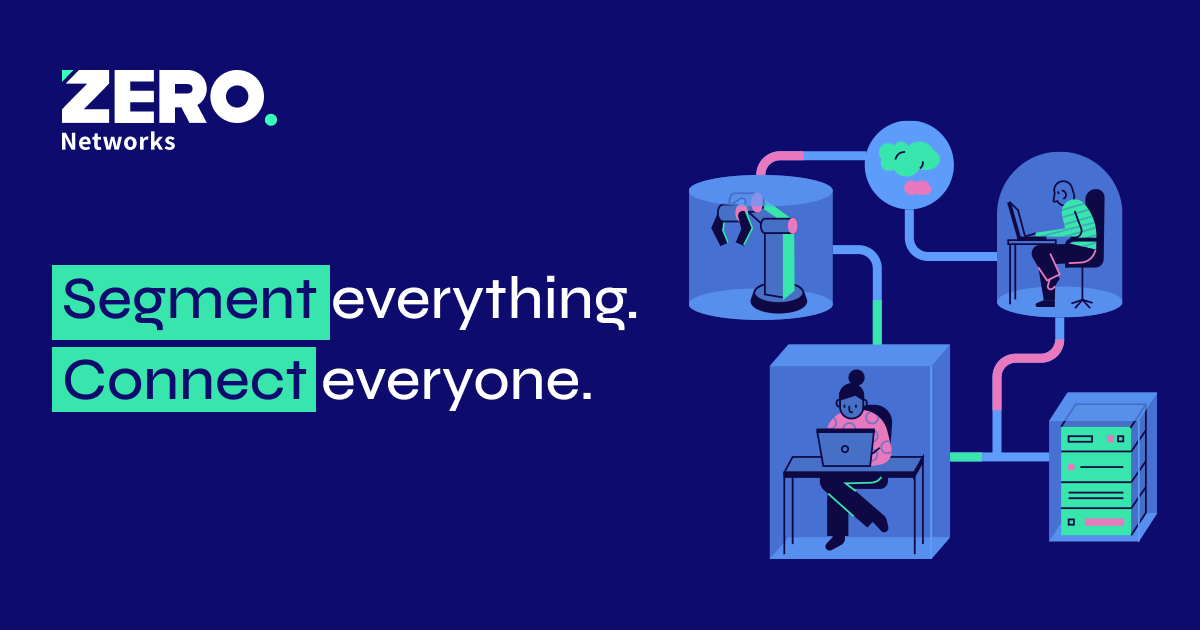Transforming Software Architecture: Why Intelligent Orchestration Drives Future-Proof Innovation"
Driven by technology advancement, shifting business demands, and application trends,
software architecture has undergone significant transformations over the years. From monolithic systems to microservices and beyond, the journey of software architecture reflects the evolution of how we build, scale, and maintain systems. Today, orchestration has emerged as a critical architectural approach that promises to address the challenges of the future.

The early days: monolithic architectures
In the early days of software development, applications were built as monolithic systems—a single, self-contained unit where all components lived together. From the user interface to thebusiness logic and data access layer, everything was part of one large codebase. This approach was straightforward, easy to deploy, and well-suited for smaller applications. However, as applications grew more complex, the limitations of monoliths emerged. Updating one part of the system could affect the entire application, prolonging development and deployment cycles. Scaling a monolith was another challenge, as it typically required scaling the entire application, even if only one component needed additional resources. The tight coupling of components also meant that any failure could bring down the entire system.
The shift to service-oriented architecture (SOA)
To address the rigidity of monolithic systems, the concept of service-oriented architecture
(SOA) emerged. SOA advocated for breaking down the monolith into loosely coupled services
that communicated with each other over a network. Each service was responsible for a specific
business function and could be developed, deployed, and scaled independently, but shared the
same data storage layer. An abstraction layer like enterprise service buses (ESBs) was used to
to enable communication between multiple services at once.
The advent of cloud-nativity
As virtualization, containerization, and cloud computing gained traction, cloud-native software architecture also grew in popularity. These applications could rely on the elasticity, scalability, and resilience of cloud platforms and deliver services in a highly scalable and efficient manner without worrying about infrastructural or hardware issues. Cloud-nativity accelerated that earlier shift towards modularity and the philosophy of building applications as collections of loosely-coupled, independently-scalable services. Now that it was possible for business to focus entirely on building software using optimized cloud infrastructure, why not move towards greater agility and deploy new features faster and more reliably?
The Rise of Microservices
With cloud computing, microservices architecture became the next inevitable step in software architecture. Similar to SOA, microservices are smaller, independent services that can be developed, deployed, and scaled individually. Each microservice focuses on a single business capability, each with its own separate database storage, and communicates with other services through lightweight protocols such as REST or gRPC. However, microservices introduce their own challenges. An application flow entails multiple calls to different microservices, and the challenge of coordinating these calls becomes increasingly complex as the number of microservices grows. Monitoring, debugging, and ensuring consistent data across distributed services require robust tooling and practices. While microservices offer speed and flexibility, they also demand greater operational overhead. A solution to this microservice complexity was sorely needed.
Untangling complexity with orchestration
As software architecture continues to evolve, orchestration has emerged as a key approach to managing the complexity of distributed systems. Orchestration automates the coordination, configuration, and management of various services required for a system. In other words, microservices, databases, cloud resources, and external APIs get orchestrated into a seamless flow that can handle the dynamic demands of modern applications. Orchestration platforms, like Orkes Conductor or AWS Step Functions, enable businesses to define workflows and processes that ensure services work together in a coordinated manner. Such platforms not only simplifythe development work for distributed systems but also improve their reliability by handling retries, timeouts, and failure recovery automatically. By abstracting the complexity of service dependencies, orchestration enables developers to focus on building business logic rather than worrying about plumbing code. With orchestration, it's easier to build resilient distributed system, manage long-running processes, and ensure state consistency across the system.
Why orchestration is the way forward
As businesses continue to build increasingly complex applications, orchestration will play a pivotal role in the future of software architecture. The benefits of orchestration—automated workflows, improved resilience, easier scalability, and better fault tolerance—are exactly what organizations need to stay competitive in today’s fast-paced, technology-driven world. As organizations move towards a distributed, microservices-based, and AI-enabled future, the challenges in coordination, reliability, and scaling will be paramount to overcome. Orchestration addresses these challenges by offering a path toward building more resilient, scalable, and efficient applications that can meet the demands of modern enterprises.
—
Conductor is an open-source orchestration platform used widely in many mission-critical applications for LLM chaining, event handling, and microservice orchestration. Learn more about workflow engines and Orkes Conductor at www.orkes.io.
Related Articles
Join The GBI Impact Community
Sign up to make an impact and hear about our upcoming events
By registering anywhere on the site, you agree with our terms and privacy policy



